Streamline Your Marketing with Goal-Specific Strategies
Return on investment. That is the ultimate end goal for any manufacturer. Yes, creating, nurturing, and growing a business can be extremely rewarding but when the day is done and the books are tallied, what really matters is the bottom line.
So, what is the best way to ensure that the investment in your business sees a proper return?
Obviously, there is no magic elixir that rains dividends of cash just because you’ve decided to work hard and invest in your business. However, there are clear-cut strategies that can be applied to your business’s goals to properly streamline its marketing efforts.
Five ways to improve your manufacturing company’s ROI:
- Customer personas
- Lead nurturing and scoring
- Culture and teams
- Baseline metrics
- Business-specific marketing strategies
1. Use Manufacturing Customer Personas
A persona represents a select audience group with shared goals, selling points, interests, and more. It is a tool used by marketing and sales to understand a specific lead by assigning them to a relevant persona.
Crafting a persona that identifies a potential customer type can be tricky. Proper research and interviews must be conducted to ensure that the persona reflects a true potential customer. If this tactic is properly implemented and achieved, your business’s target customer should be easily identified.
Next is creating marketing content tailored to the needs of your specific persona. Some of the key aspects that a good buyer persona can provide when creating content include:
- Setting the tone, style, and delivery strategies for your content
- Establishing where buyers get their information and how they consume it
- Determining what kind of content your business needs
- Clarifying perspective
- Targeting customer topics of interest
Creating Profitable Buyer Personas
Successful buyer personas are generated by combining thorough research with focused surveys and interviews from an assortment of customers, prospects, and others that align with your target audience.
Some of the best ways to gather information to form a buyer persona includes:
- Utilize specific fields when creating forms
- Search contact databases
- Consult your sales team on their leads
- Interview customers and prospects
Implementing Buyer Personas that Resonate with Your Core Manufacturing Objectives
Buyer personas provide an effective way to appeal to your target audience by enabling the marketer to personalize the messaging that you deliver. A good example of this is an email marketing campaign that is focused and tailored to specific customer bases, not your entire customer database. Buyer personas are also very good at targeting a potential customer that is at a specific point in the buyer’s journey.
2. Lead Nurturing and Scoring for Improved Manufacturing Customer Acquisition
What is lead nurturing?
Lead nurturing is the process of moving a potential customer through the buying cycle by providing them with the required information and resources they need to make an informed decision.
Lead nurturing manufacturing advantages:
- Serves as a filter to ensure that only quality leads reach the sales team
- Multichannel strategy that encompasses email marketing, social campaigns, blogs, and other platforms
- Lead nurturing is based on personalized content that offers potential customers the messages they need when they need them
- Provides automated workflows with marketing automation software
What is lead scoring?
Lead scoring identifies leads and establishes their decision readiness by scoring different interactions with your business. These exchanges can include website page views, resource downloads, email opens, and other measurable statistics. Depending on the weight you place on different actions, the lead score will show how qualified a lead is.
Lead scoring manufacturing advantages:
- Boosts sales team efficiency
- Uses data to analyze lead quality
- Provides database segmentation
- Increases targeted marketing action efficacy
- Activates marketing automation actions
3. Build Stronger Internal Culture and Teams
As the marketing department generates leads through content offers and campaigns and passes them to the sales department for qualifying, nurturing, and conversion, both departments are naturally linked. By interweaving the marketing and sales departments, both teams can actively learn from each other, while building chemistry that leads to a successful partnership.
A few ways to get more from your marketing and sales partnership include:
- Goal alliance for increased ROI
- Cooperative decision-making practices
- Increased employee engagement
- Implementing transparent communication policies
A) Goal Alliance for Increased ROI
Proper goal configuration is the key to merging both marketing and sales objectives to achieve business goals. To maximize returns, businesses must ensure their employees have a consistent understanding of the purpose they are working towards. Some of the most productive ways to assist marketing and sales departments to achieve success include the following points.
B) Cooperative Decision-Making Practices
Dormancy in decision-making is one of the main obstacles in productivity since information is often interpreted differently by individual teams. This can be due to a manufacturer’s lack of transparency and cohesion. Providing proper employee alignment can fill the gap between departments, allowing for faster decision-making that will inevitably lead to higher returns on investment.
C) Increased Employee Engagement
Manufacturing employees that are engaged with company culture and its goals have a deeper appreciation and vested interest in its success. This significantly increases their satisfaction, which is often sought by employers, as it increases employee retention. In addition, when employees are engaged in the work that they do, they can magnify their impact and efficiency. This type of productivity can significantly increase ROI.
D) Implementing Transparent Communication Policies
Transparent communication within your manufacturing workplace equates to increased employee efficiency and overall better culture. Properly implementing cross-departmental strategies requires consistent and clear communication between multiple parties. The more open a company’s communication policy, the more likely employees will be honest regarding work environment health. Honesty breeds success, allowing for a better chance for return on investment.
4. Establishing Baseline Metrics that Align with Your Manufacturing Goals
A successful marketing team provides the ability to measure campaign success and establish baseline metrics that can serve as a reference for future endeavors. By understanding the impact of individual campaigns on overall revenue growth, marketers can better identify the right mix of offline and online campaign efforts. Additionally, consistently measuring ROI allows marketers to establish baselines to quickly gauge their success and adjust efforts to maximize impact.
Understanding Your High-Level KPIs
When used correctly, KPIs (key performance indicators) provide significant insight into how your manufacturing company is performing and what it needs to take the next step. A KPI in marketing is a measurable value tied to specific objectives of a marketing campaign. It indicates progress throughout the lifetime of a business, providing insight as to what moves should be made.
Some of the most effective KPIs to track include:
- Sales revenue
- Lead acquisition costs
- Customer value
- Online marketing ROI
- Qualified leads
- Site traffic to lead ratio
- Organic search
- Social media
- Form conversion rates
5. Building a Marketing Strategy that Supports Business Goals
A good marketing strategy is crafted based on your manufacturing company’s goals. Premium marketing strategies should not only improve the perception of your brand’s products and services but also evoke the needs of potential customers. Industrial manufacturing is not unlike other business sectors in that customers are drawn to brands that reflect their perception of reality.
Repeat customer development is based just as much on brand loyalty as it is on product quality. This type of purchasing behavior is regularly observed in customers that desire premium branded products. These customers are more than willing to pay more for the brands to which they connect. So by building a marketing strategy that caters to the needs and wants of your customers, you’re able to convert more sales while ensuring long-term customers.
The Marketing ROI Ebook for Manufacturers
What recent marketing strategies have you implemented to increase ROI?
For ideas and steps to create a marketing strategy specific to the manufacturing industry and your business, we created a comprehensive marketing ebook. The free download digs deeper into the tools and tactics manufacturers can use to implement marketing that will provide measurable results. Click below to access your ebook.









